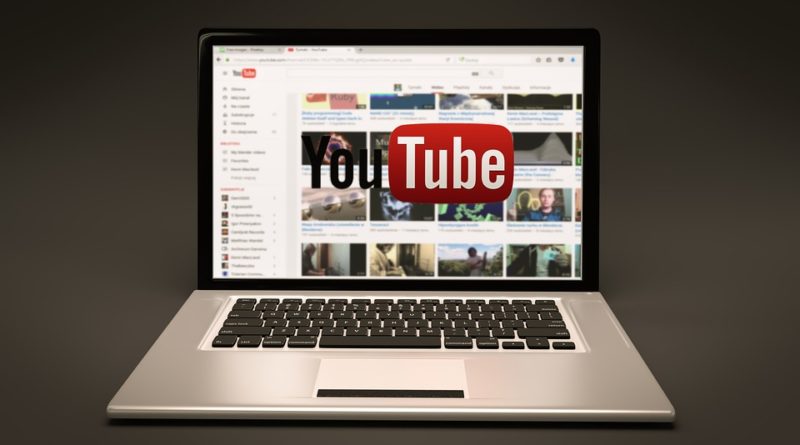
YouTube uses around 10Mt CO2e (Million Metric tons of carbon dioxide equivalent) a year, the same as a city the size of Glasgow, but smarter web design could cut that figure significantly, researchers have argued.
In a first-of-its-kind study, researchers from the University of Bristol looked at how much electric energy was used to provide YouTube videos to people globally in 2016, which enabled them to estimate the service’s carbon footprint, with carbon emissions resulting from servers who have to stream over 1 billion hours of video to devices all over the world each day.
They then looked at what reductions could be gained by eliminating one example of ‘digital waste’, such as sending images to users who are only using YouTube to listen to audio.
They believe that by tweaking the design, it could reduce YouTube’s footprint by between 100-500Kt CO2e annually, the carbon footprint of around 30,000 UK homes.
The researchers also revealed that current standards used by companies to report carbon emissions do not ‘adequately account’ for the whole footprint of such digital services, and argued that they should be expanded to do so.
These include emissions associated with the delivery of physical goods (e.g. by lorry) but do not include emissions associated with the delivery of digital services over the internet and mobile networks.
Lead researcher Professor Chris Priest said: ‘People are aware of the significant amount of energy use of data centres and corporations are increasingly aware of the need to change their practices in light of the challenges that climate change present to humanity and the global ecosystem,
‘But for a streaming service such as YouTube, most of the energy is used in the network, particularly the mobile network.
‘Given the overall size of the carbon footprint of such services, it is important that companies assess and report them. By doing so, they can identify the carbon savings that can be made by alternative design decisions, and hopefully find ways to reduce their overall footprint.’
Dr Dan Schien, the lead designer of the modelling toolkit they developed for their YouTube research, added they are now working with the BBC to understand their carbon footprint as they move further towards streaming services such as the BBC iPlayer.
[“source=environmentjournal”]











